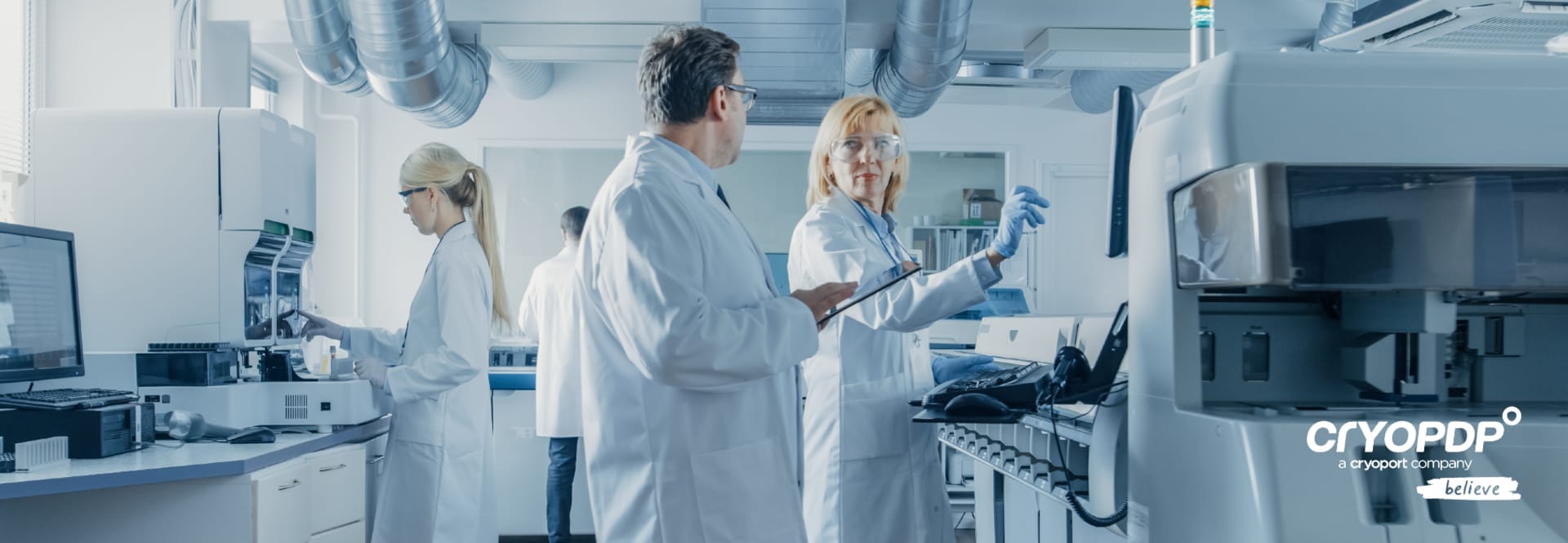
Ten Principles of Sustainability Applicable in Drug Discovery
At CRYOPDP, we recognise our pivotal role in the value chain of pharmaceutical drug discovery and clinical trials. We are dedicated to embracing sustainability as a core value. This article sheds light on the ten sustainability principles for drug discovery outlined by Evelien et al. 2021.
It underscores the significance of sustainability in this field. It highlights its impact on forthcoming innovations poised to enter the global markets, emphasising sustainability in drug discovery.
1. Ecological-environmental impact:
Prioritising the ecological impact in drug discovery is essential for holistic benefit-risk assessments, demanding the pharmaceutical industry to integrate sustainable concepts, like Environmental Risk Assessment (ERA), early in the drug discovery process to mitigate environmental consequences and ensure a more sustainable future.
2. Medical Needs
The medical field must address numerous pressing health challenges, including around 6,500 life-threatening, incurable, therapy-resistant, and neglected diseases lacking regulatory-approved therapies. Navigating complex considerations, including economic factors, geopolitics, and pharmaceutical profit motives, ensures ethical decision-making in shaping healthcare agendas.
3. Green Chemistry
Green chemistry, utilising principles such as the Environmental Factor (E-factor), bioconversions, and innovative methodologies, plays a pivotal role in minimising the environmental footprint of impact in synthetic chemistry and drug discovery. It addresses the pharmaceutical industry’s ecological impact through waste reduction, resource conservation, and innovative approaches like bio-inspired synthesis. Additionally, it incorporates “green” excipients, further enhancing sustainability.
4. Artificial Intelligence (AI) and Big Data
AI and significant data automation in drug discovery accelerate synthesis planning, diminish reliance on animal testing, and mitigate environmental impact. This approach offers dynamic and efficient processes, significantly reducing resource consumption.
5. Root Cause of Illness
Initially developed for infectious diseases, novel technologies such as proteolysis-targeting chimaeras (PROTACs), mRNA, and CRISPR/Cas9 are set to revolutionise therapy, especially within oncology. PROTACs offer distinct advantages regarding dosage and targeting ‘undruggable’ proteins, while mRNA-based drugs and CRISPR technology demonstrate promising potential for innovative, widely applicable, and cost-effective therapies.
6. Risk and Decision-Taking
Incorporating risk and decision-making models that consider the complete life cycle is crucial for optimal and sustainable decision-making in drug discovery. On the one hand, advances in understanding how ligands modulate cellular networks, mainly through Quantitative Systems Pharmacology, enhance preclinical-to-clinical translation. On the other hand, emerging computational approaches, including sustainability metrics, are necessary to guide critical path decisions. These decisions require a broader consideration of social and environmental concerns concerning new technologies.
7. Biomarkers and bioinformatics to support precision medicine
Leveraging biomarkers and bioinformatics in precision medicine enhances the accuracy and speed of diagnosis, including identifying disease-causing gene mutations, and reduces the burden on patients, society, and the environment. This can be done by promoting efficient and personalised drug therapies while addressing non-adherence challenges that compromise the effectiveness of medicines and vaccines against critical diseases like TB, corona, and malaria.
8. Cost‐effective
Ensuring cost-effectiveness in medicine involves transparent discussions about costs, profits, and efficacy, leading to socially acceptable prices supported by adjusted reimbursement, intellectual property regulations, and related regulatory data protection. The profitability and fairness of medicine pricing, influenced by organisational models and societal-political environments, are primarily determined by the initial discovery phase, emphasising the importance of a balanced and accessible healthcare system.
9. Lean discovery process
Implementing a “Lean” discovery approach in drug discovery involves swiftly and efficiently discovering the right medicine, utilising optimal experimental designs. By following reproducibility principles and recognising the need for effective regulation in drug discovery, we can ensure its pivotal role in the success of drug development and the overall life cycle.
10. Responsible research and innovation
Ensuring sustainability in drug discovery requires responsible research and innovation, particularly in addressing the increased difficulty and costs associated with finding and validating novel therapeutic targets. This involves fostering academic sustainability, government support for equitable access, and integrating global sustainability evaluations into the authorisation of medicines. This highlights the need for comprehensive education in drug discovery sustainability within academic institutions.
By integrating these sustainability principles into drug discovery practices, the pharmaceutical industry can effectively contribute to a more ethical, environmentally friendly, and socially responsible approach to developing life-saving medications.
Reference: Wynendaele, E., Furman, C., Wielgomas, B., Larsson, P., Hak, E., Block, T., Van Calenbergh, S., Willand, N., Markuszewski, M., Odell, L.R. and Poelarends, G.J., 2021. Sustainability in drug discovery. Medicine in Drug Discovery, 12, p.100107.